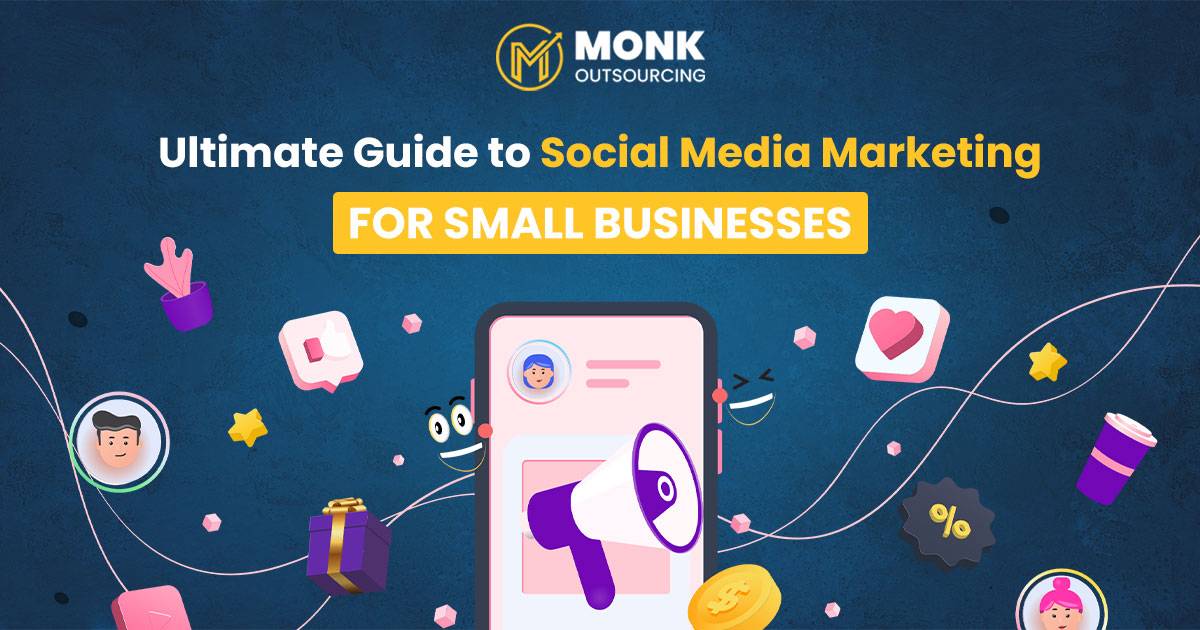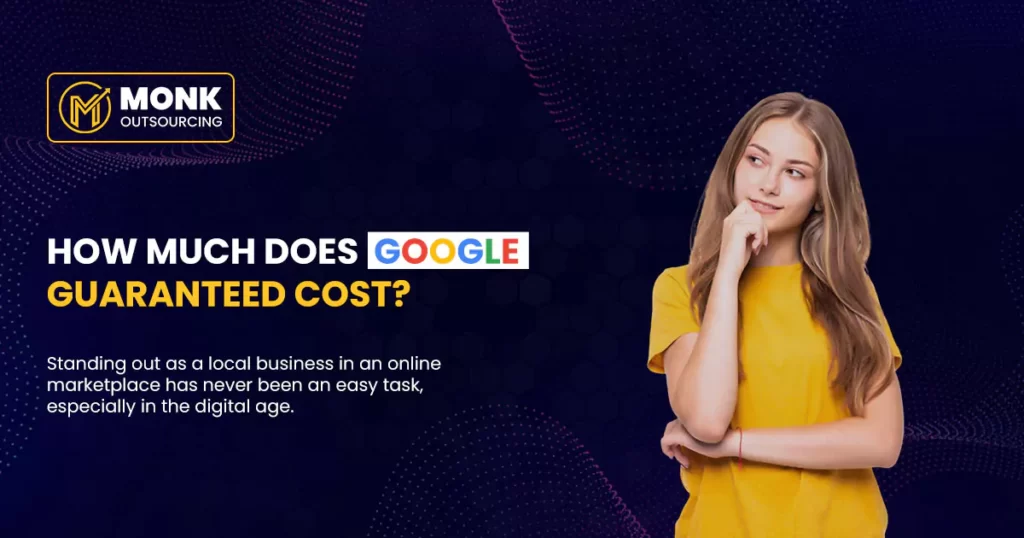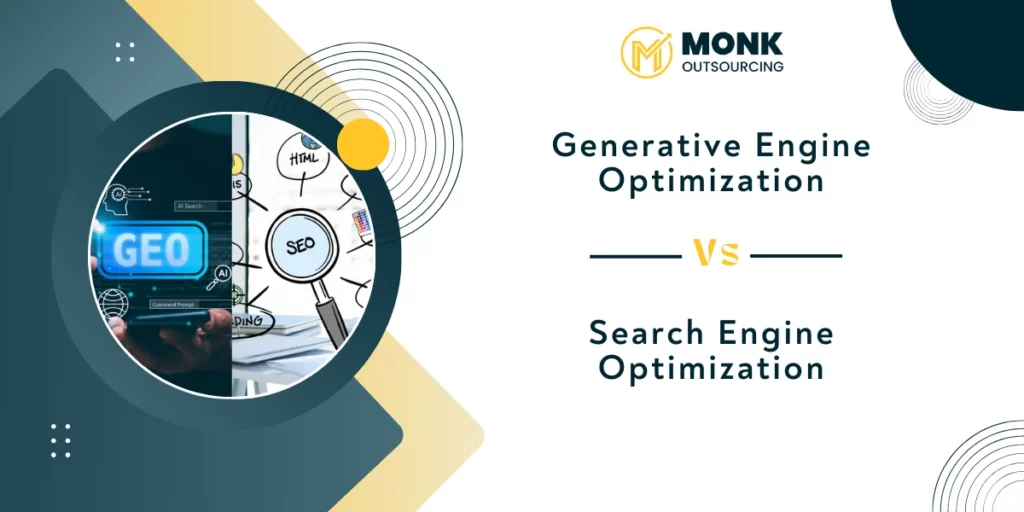In today’s era, social media platforms are no longer a luxurious option but having one is a necessity for small businesses as well as big ones too. It’s a platform that interlinks potential and existing users with businesses and products. As of 2024, more than 4.9 billion social media users are using and harnessing the true potential of various platforms like Facebook, Instagram, Twitter and LinkedIn. Social media is a helpful tool to increase brand loyalty and drive sales for small businesses. It’s a medium to reach a larger audience in less time. So, do you want to know how these platforms can market your products and lead you to profits? Then, this blog will guide you through essential strategies for planning and posting content, tactics to optimize your social media accounts and how to engage with your followers for immeasurable success and growth.
Why Social Media Marketing Matters for Small Businesses
Well, social media marketing is essential these days where preferences and opinions change within the blink of an eye. It allows small businesses to level the playing field by creating a platform that provides access to a bigger audience. The audience that once was reserved and acquainted with large corporations and well-established firms that have huge spending and big budgets. Here’s why it’s essential for everyone –
- Enhanced brand awareness: As per the recent survey conducted by a marketing team, more than 73% of marketers believe that the right social media campaigns have helped them gain more views and boosted their brand credibility.
- Cost-effective marketing: There is a wide variety of tools and resources available for small businesses with fewer resources and budgets to advertise their own products and reach more people.
- Customer insights: Social media also helps businesses to understand their customer’s preferences and behaviours. With the help of Instagram analytics and Facebook insights, it’s easy to grab their attention span.
Best Social Media Platforms for Small Businesses
To maximize marketing efforts and convert them into potential customers, small businesses need to find the right social media platform. Here’s an overview of some popular social media platforms that can be utilized by small businesses for their maximum visibility and profits.
1. Facebook
- Audience: This social media platform comes with more than 2.96 billion users making it one of the most famous and popular ones amongst the list. It caters and appeals to a wider range of audience.
- Best for: It helps small businesses in creating targeting advertising campaigns, brand awareness and creating a connection.
- Features: Small businesses can use comprehensive tools including Facebook page groups, advertising, messengers and insights to share updates about products, and services engage with users and target specific segments of people.
2. Instagram
- Audience: This social media has over 1.4 billion active users and is gaining at a rapid rate. And the best thing is its strong presence amongst younger generations and audiences (18-34 years ).
- Best for: Instagram is the best alternative for influencer marketing campaigns, e-commerce websites and visual content.
- Features: Small businesses can use this for featuring stories, and reels and to showcase different products and services. It can also be used for creating connections through visual storytelling. Businesses dealing with fashion, food, lifestyle and tourism can use this as their marketing platform.
3. LinkedIn
- Audience: LinkedIn is more than just a regular social media platform but is categorized professionally. As it is primarily used by professionals and B2B businesses with more than 950 active users.
- Best for: It can be used for networking, B2B marketing and establishing connections for small businesses.
- Features: Linkedin is a great platform for sharing insights about industry trends, establishing connections with decision-makers and showcasing our expertise. Plus, it’s a go-to space for service-based businesses, consultants and b2b companies.
4. TikTok
- Audience : Tik Tok more like a visual storytelling platform has gained popularity over the years and now boasts one billion active users. It has a strong connection with millennials and Gen Z.
- Best for : This social media is best for short form content, viral marketing and for creating brand identity.
- Features : This social media platform is integrated with algorithms to promote engaging and creative content. Thus, making it best for small businesses that are looking to target younger generations and for viral marketing. You can use this to increase visibility by adding hashtags, challenges and by creating a buzz.
5. Pinterest
- Audience: Pinterest is not very popular amongst the masses but it appeals to 460 million users who want to engage through pictures.
- Best for: This platform is the best option for e-commerce websites that want to create engagement through visuals and guides.
- Features: It is one of the most intriguing and engaging platforms for businesses connected with fashion, home, beauty and DIY projects. Small businesses can use this to drive organic traffic for creating pins, and boards and for advertising their products.
6. X (Formerly Twitter)
- Audience: Twitter now known as X is a social media platform to stay updated with lthe atest trends and to create active discussion pages. It consists of 350 active users.
- Best for: It can be utilized for creating healthy discussions on trending topics and to create brand awareness.
- Features: X can be used for real-time conversations, quick updates and to handle customer queries globally. Plus, by using hashtags, you can reach more people and create brand awareness.
How can small businesses utilize social media marketing for their growing online presence?
Here are a few simple steps to optimize your social media account and how to reach the masses.
Step one – optimize your social media profiles
Firstly, get started with well-optimized profiles for each social media platform you can use. A strong foundation can lead to a stronger online presence. Every profile should reflect your brand values and should help users to know about your services. For that make sure to invest in a good cover photo with a professional logo design. The latest research reveals that highly optimized images and graphics gain 650% higher engagement than textual matters. Next, work on your bio. The bio should always be clear and concise with a call to action. Lastly, users should be able to locate your stores or services through website links, emails and contact details. Make sure to add them correctly.
Step two – Strategic Social Media Planning
The second step is to plan your content. You need to ensure consistency in posting all your content by creating a calendar that outlines all your requirements. Your calendar should be able to define your goals. It should include all the details that can help you increase your sales and drive more traffic. By using various analytical tools and demographics, you can understand your audience and work accordingly. Make sure the platforms you’ve picked suit the tastes of your audience. For example, LinkedIn may be your best bet if you are trying to reach professionals and Instagram for younger ones.
Step three – Posting Engaging Content
The third step is to make content that appeals to your audience if you want to stand out in the crowded digital space. Try to post a variety of informative, amusing, and marketing content. Compared to other post kinds, videos get 48% more views, so make sure to follow all the latest trends and strategies. Using hashtags might help you become more visible and engagement is 12.6% higher for posts that contain at least one hashtag. Lastly, invite clients to contribute their personal stories as per research, ninety per cent of customers trust materials created by users.
Step four: Building Engagement with Your Audience
The secret to creating a devoted community is engagement. Posting material is insufficient; you also need to communicate with your fans. So, for this try to get back to messages and comments as soon as possible. Customers are 88% less likely to purchase from a company that ignores them on social media. Next is to organize giveaways. Giveaways and contests may increase interaction and draw in new fans. Lastly, make use of polls and Q&A sessions; these tools are excellent for promoting conversation and gathering input.
Step five: Advertising on Social Media
Although organic content is crucial, you may boost your efforts with social media advertising. Establish a budget and focus on certain objectives, such as boosting sales or traffic. And to connect with your ideal clients, use sophisticated targeting choices. For every $1 spent on Facebook advertising, businesses typically receive a $5.20 return. And, lastly, to determine which ad formats are most effective for your audience, try out carousel, video, and narrative advertising.
Step six: Measuring and Analyzing Performance
To monitor important indicators and improve your approach, use tools like Instagram Analytics, Facebook Insights, or Google Analytics. The proportion of people who engage with your material is known as the engagement rate. The proportion of users who complete a desired activity, such as buying something or subscribing to a newsletter, is known as the conversion rate. These stats demonstrate how visible your material is and help you in improving strategies.
Final Thoughts
For small companies, social media marketing has a wealth of potential. You can create a strong social media presence that promotes growth and engagement by picking the appropriate platforms, making a strategic strategy, publishing interesting content, communicating with followers, utilizing paid advertising, and tracking results.




